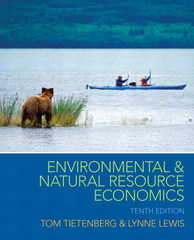Answered step by step
Verified Expert Solution
Question
1 Approved Answer
Question 3 (20 points) A monopolist sells a homogeneous product in two markets, '1' and '2' These markets have demands Q1 - 1 - P1

Step by Step Solution
There are 3 Steps involved in it
Step: 1

Get Instant Access to Expert-Tailored Solutions
See step-by-step solutions with expert insights and AI powered tools for academic success
Step: 2

Step: 3

Ace Your Homework with AI
Get the answers you need in no time with our AI-driven, step-by-step assistance
Get Started


